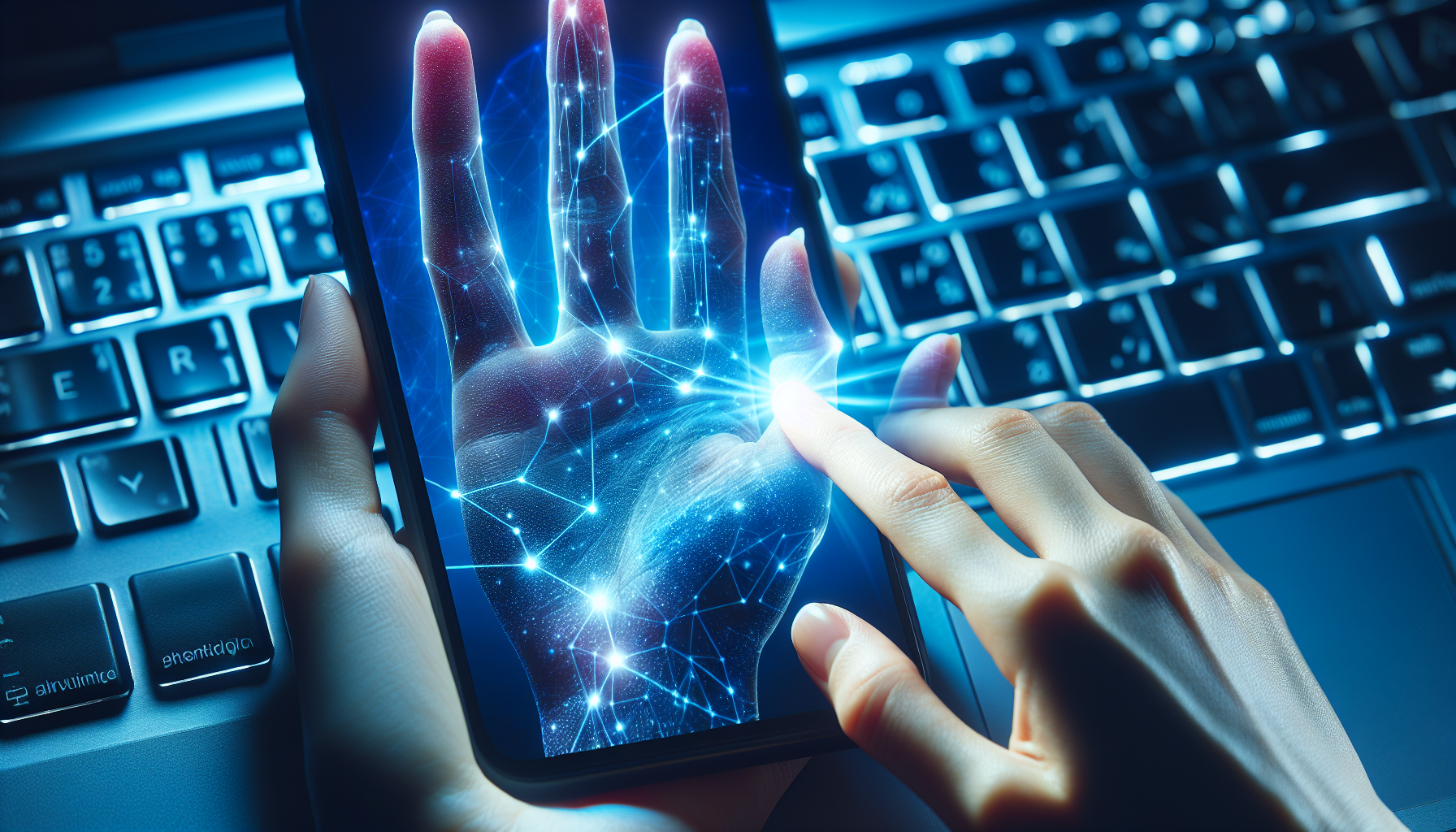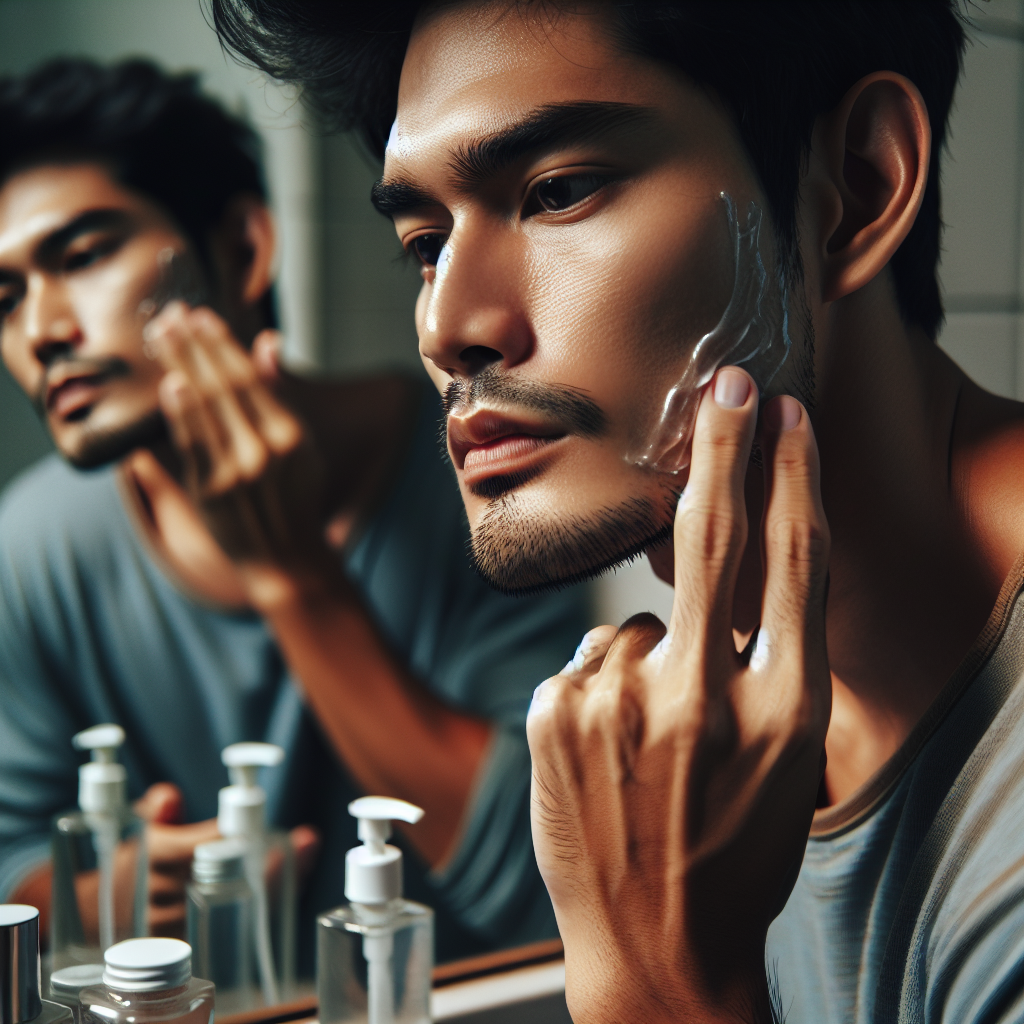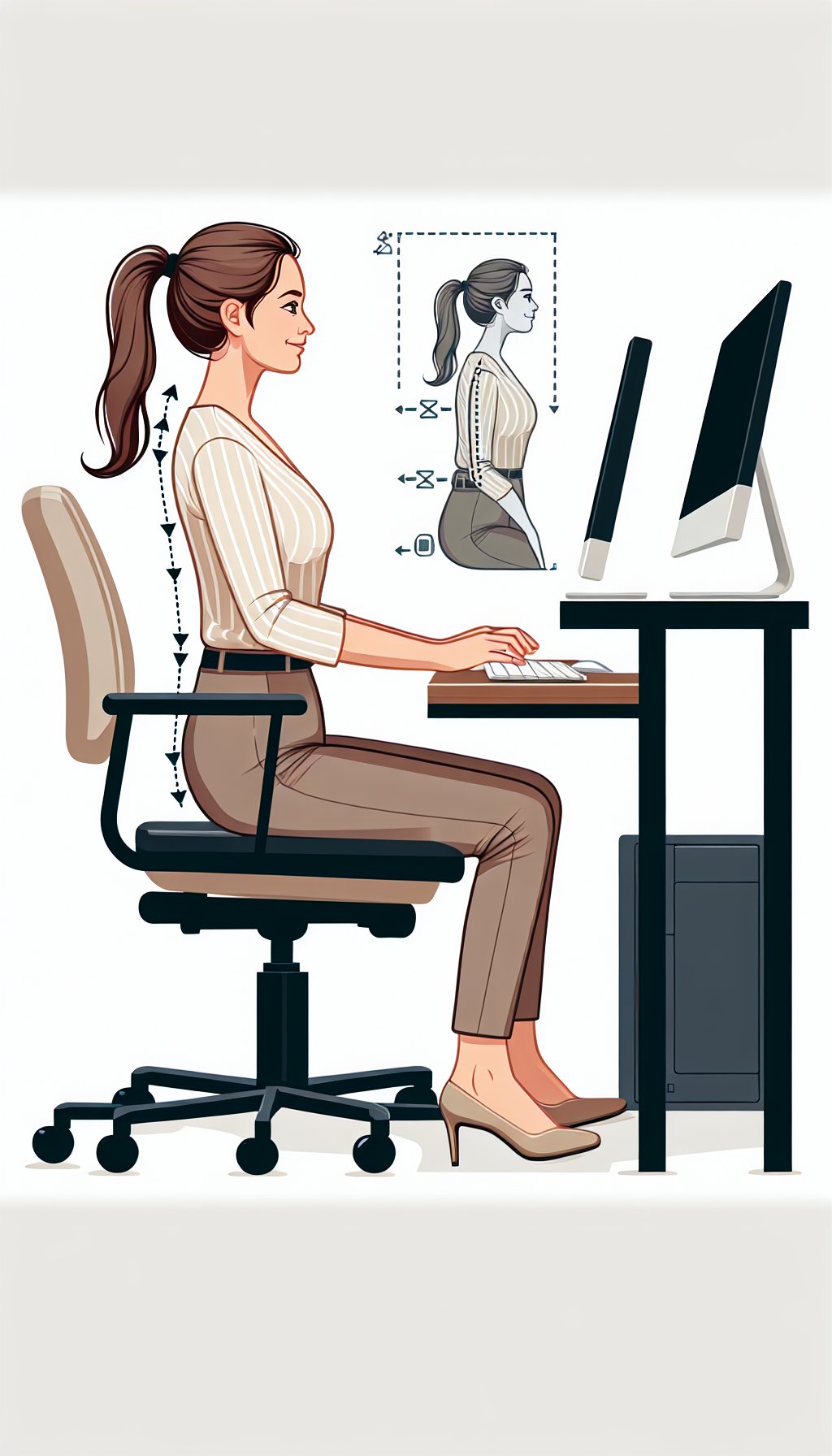In today’s digitized world, our screens have become our constant companions, be it for work or leisure. However, the impact of this digital dependency can extend beyond our eyes and posture, affecting the very skin that shields us from external elements. Excessive screen time can lead to a myriad of skin issues, from premature aging to digital acne. This article aims to explore the intricate relationship between screen time and skin health, providing insights and strategies to mitigate the adverse effects.
Understanding the Impact of Blue Light on Skin
The blue light emitted by screens is part of the visible light spectrum. While it is not as damaging as ultraviolet light, prolonged exposure can still affect the skin. Studies have shown that blue light can penetrate deeper into the skin compared to UV rays, reaching the dermis where collagen and elastin reside. This can lead to premature aging, including wrinkles and loss of skin elasticity.
Moreover, blue light exposure can generate reactive oxygen species (ROS), which are known to cause skin damage through oxidative stress. This oxidative stress can disrupt the skin barrier, leading to inflammation, redness, and a weakening of the skin’s natural healing process.
The Phenomenon of ‘Screen Face’
The term ‘screen face’ has been coined to describe the combination of effects that prolonged screen time has on one’s facial skin. Symptoms may include:
- Digital acne: The blue light can increase the proliferation of acne-causing bacteria on the skin.
- Hyperpigmentation: Exposure to blue light can trigger melanocytes, which may exacerbate conditions like melasma.
- Text neck: The posture we adopt while using devices can cause folds and wrinkles on the neck area.
To combat these issues, it is essential to incorporate targeted skincare strategies and lifestyle adjustments.
Skincare Solutions for Screen-Induced Issues
Protective Skincare Ingredients
Incorporating sunscreen that blocks blue light can be beneficial. Look for ingredients like iron oxides, which are known to protect against visible light. Antioxidants are also crucial as they combat ROS. Serums containing vitamin C or E can act as a shield against oxidative stress. For more information on effective skincare ingredients, readers can explore Evaluating the Safety of Skin Care Ingredients.
Adjust Your Skincare Routine
Adjusting your skincare routine to address the effects of screen time is crucial. Nighttime routines are particularly important, as they help the skin to recover and rejuvenate. Learn more about how to optimize your evening skincare ritual with Nighttime Skin Care Routines for Optimal Skin Health.
Embrace Skin-Boosting Diets
Diet also plays a pivotal role in combating the effects of blue light. Foods rich in antioxidants can enhance your skin’s natural defenses. Check out The Best Anti-Inflammatory Foods for Skin Health for dietary tips that can boost skin health.
Lifestyle Adjustments to Reduce Screen Time Impact
Screen Breaks
Taking regular breaks from screens can alleviate the strain on your skin. Follow the 20-20-20 rule: every 20 minutes, look at something 20 feet away for at least 20 seconds.
Digital Detox
Periodically unplugging from digital devices can give your skin the respite it needs to repair itself. This can also contribute to better Brain Health, as it allows the mind to rest and recover from constant stimulation.
Posture and Exercise
Maintain a good posture while using devices to avoid the development of ‘text neck.’ Regular exercise can also improve blood circulation, which helps in delivering essential nutrients to the skin.
External Resources for Further Reading
To gain a deeper understanding of the impact of screen time on skin, consider exploring the following resources:
- The International Dermal Institute: Provides insights into how blue light affects skin aging.
- The Skin Cancer Foundation: Offers information on the role of antioxidants in protecting the skin from light exposure.
- American Academy of Dermatology: Delivers guidelines for protecting the skin against environmental damage, including screen light.
Conclusion
The potential effects of excessive screen time on skin health are significant and multifaceted. By understanding the mechanisms through which screens affect our skin and implementing the right skincare practices and lifestyle changes, we can mitigate these effects. Protecting our skin from the inside out, through both topical treatments and a healthy diet and lifestyle, is essential in the digital age.
It’s not just about reducing screen time but also about being mindful of the quality of that time. Remember to take breaks, use proper skincare, and maintain a healthy lifestyle to ensure your skin remains resilient against the digital world’s demands.



